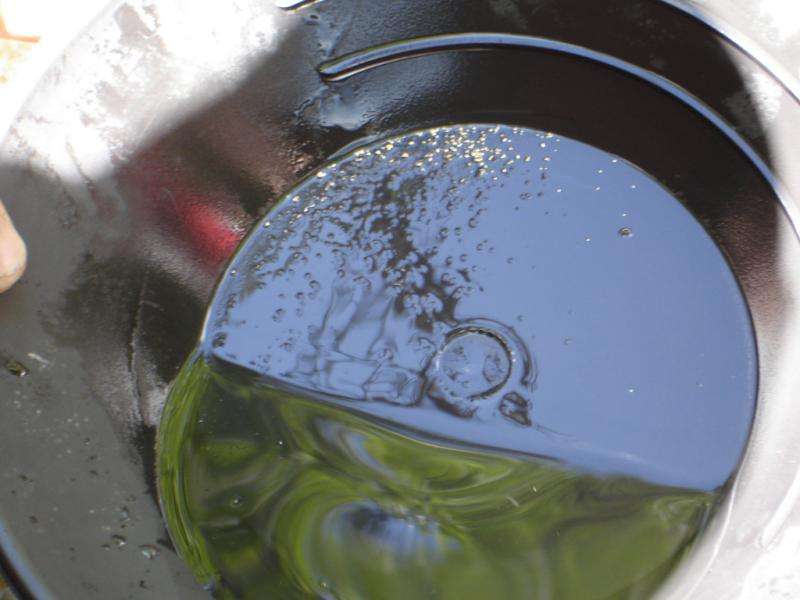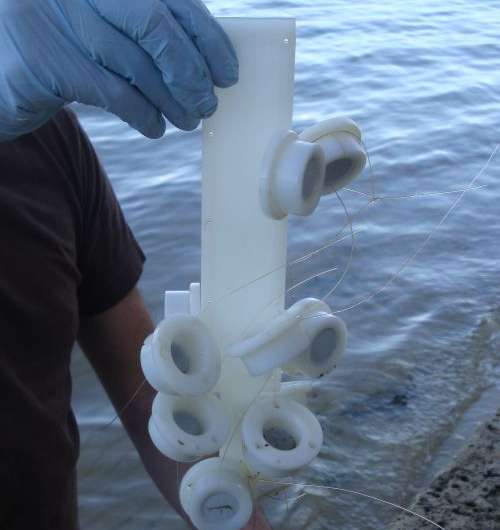Swan River flowing with gold

Solid gold particles have been discovered in the Swan River, but don't grab your prospecting kit just yet.
The University of Western Australia's Dr Andrew Rate says much of the gold his team collected is nanoparticulate, comprising nuggets thousands of times smaller than the width of a human hair, or fewer than 100 atoms across.
"We're measuring gold concentrations in the order of a few tens of parts per trillion," Dr Rate says.
"We're only able to do that because of the power of the DGT technique."
Standing for 'diffusive gradients in thin films,' DGT uses passive collection devices able to adsorb and measure trace metals in water or soil.
"You leave these devices in the water for a week or two, and they accumulate your target element at a known rate," Dr Rate says.
Conventional DGT devices use Chelex, an adsorbent immobilised in a gel-like material which can adsorb most metals, but not gold.
Aiming to fill this gap, Dr Rate's team developed two gels, one containing activated carbon and the other an experimental resin.
Only the resin gel could adsorb nanoparticulate gold, but both the resin and activated carbon gels adsorbed ionic gold.
"Until now we didn't know you could find nanoparticulate gold in natural waters," Dr Rate says.
Apparently it is not unusual to find increased gold concentrations in the soil around some urban environments, but what about our river?

"People have gold fillings, we wear gold jewellery, plus we're on the edge of a very rich mineral terrain," Dr Rate says.
"There's also anecdotal evidence that people panned for gold in the Canning, back in the day."
The team used the devices to accumulate gold for ten days at three sites on the Swan River, finding gold concentrations were highest downstream of Perth city.
They also measured gold concentrations in river water samples gathered at single time points, discovering gold concentration could change by as much as threefold in just 24 hours.

"We suspect these short timeframe fluctuations were due to a rain event, but they could also occur due to tidal fluctuations, or fluxes of storm water or waste water," Dr Rate says.
"DGT offers the advantage of being able to smooth out these fluctuations, to see the overall picture over time."
Originally conceived with geochemical exploration in mind, the gold-sensitive DGT devices have also been used to test the soil above known gold deposits.
More information: "Spatial and temporal distribution of Au and other trace elements in an estuary using the diffusive gradients in thin films technique and grab sampling," Geochimica et Cosmochimica Acta, Available online 6 September 2015, ISSN 0016-7037, dx.doi.org/10.1016/j.gca.2015.08.025
Journal information: Geochimica et Cosmochimica Acta
Provided by Science Network WA
This article first appeared on ScienceNetwork Western Australia a science news website based at Scitech.





















